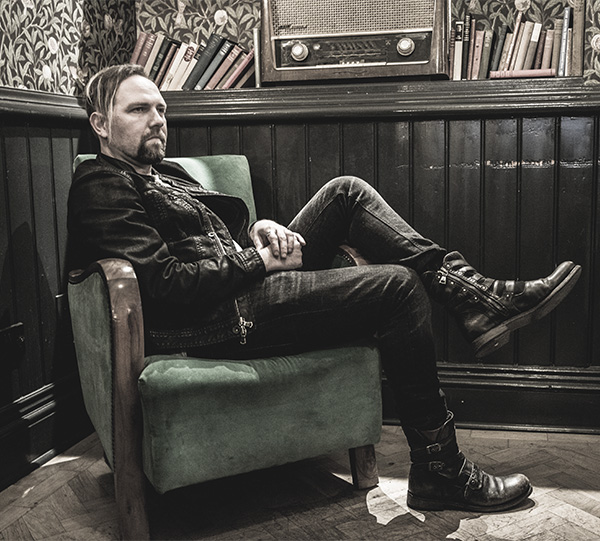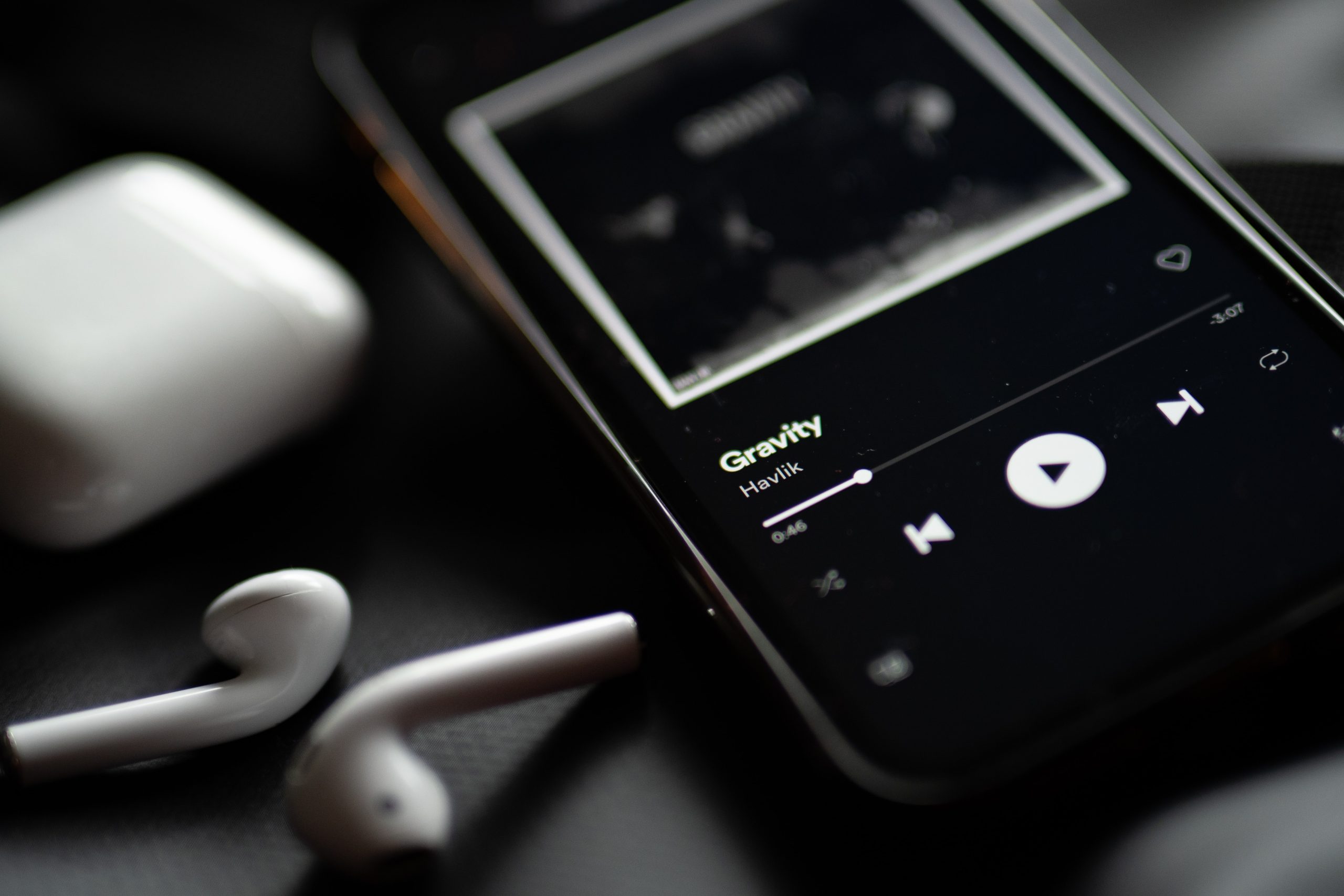Interview: 5 minutes with Koto Kill
Koto Kill, the new collaborative project of British DJ and producer Gabriel Ralls. As part of Plastique, Gabriel released two albums (Plastique and #SocialScar), as well as a string of singles and videos, garnering support from the likes of BBC Radio 6’s Tom Robinson, Music Week and Stereoboard. The London based producer is an MA-qualified audio technician, digital producer and video producer who stems from Somerset in the South West region of England.
Having previously worked in the video gaming industry, Gabriel Ralls now heads Koto Kill which is a project that focuses on collaborations between musicians from different bands as whilst simultaneously blending industrial rock and dance in keeping with the unique essence of Plastiques’ sound. Influenced by artists such as Massive Attack, St Vincent, Goldfrapp, Michael Jackson, Garbage, Deftones, Autechre, Radiohead and Nine Inch Nails, Ralls uses his musical knowledge and musical history to capture a nineties coolness on “Riot at 45.”
We caught up with Koto Kill on envy, pain and not taking yourself too seriously:
(Be sure to stream Koto Kill’s latest single ‘Riot at 45’ below!)
Set the tone for us. Why the arts?
I was raised in a family of artists. I think if I told my parents that I was going to become a lawyer or an accountant, they’d have disowned me.
I, like most others on this planet, need escapism and I was encouraged to create as much as I consume.
Which comes first when you’re producing – the sound or the idea?
Oh God – it’s honestly both. It usually starts with “I wish that song from [artist name here] was mine”; so I try to rip it off. I go on a slight tangent with a serendipitous sound or beat then slide completely off the rails to something that becomes my own. Otherwise I just beatbox into my voice memos app and build from there.
Does your material feature any collaborations?
Dolly Daggerz [Tokyo Taboo], Beatrice Bonnano [Dronningen], Anelise Kunz [Yur Mum], Mo Stellato [The Actions], B3ndu, Joseph Volcy, John Strine and Daniel Birch.
There’s also the video collaborators. I’ve got an amazing video team – we work together frequently – and also some very talented dancers for this project including Réka Nagy-Miticzky, Emma Holt and Morgan Black.
What’s on your current playlist?
“Hot Pink” – Let’s Eat Grandma
“Ponyboy” – SOPHIE
“disco tits” – Tove Lo
“Bubblegum” – Yanoka
“You’ve Seen The Butcher” – Deftones
“The Day Is My Enemy” – The Prodigy
“Make Those Move” – I Am Legion
Tell us about the chemistry you have with your fans on stage.
I’ve not yet been on stage for Koto Kill but in my former band [Plastique] I performed with my laptop and a launchpad. The fans didn’t really know what I was doing; they would accuse me of playing World of Warcraft on stage. I mean, it wasn’t an impossible assumption*, but it did dilute the ‘badass’ persona I was trying to portray.
*It was. I’ve never played WoW.
What techniques do you experiment with to get your original sound?
I run most of my synths through distortion, that’s pretty obvious. I go for distressed guitars and bass. Then I juxtapose this by having some fairly clean vocals and acoustic instruments. I often do my own sound design and then add these sounds as additional layer of drums, or noise. I try to get experimental in the mix, which, for me, is just as important as the recording itself.
The trick is to layer many sounds together but without ending up with over 90 audio tracks in a mix, which I’ve totally done before. Koto Kill is quite stripped down by my standards.
Take us through a day in the recording studio.
Pain. Lots of pain. I’m always trying out ideas and seeing what sticks. Some days I’m just not getting anywhere I spend more time listening the the track on repeat while banging my head against the wall. But when it works, then it’s sheer joy. I think it’s possible to feel every extreme emotion in the space of an hour… but if done well, recording other musicians and mixing can be a lot of fun; I’m finally hearing the song come to life.
Was there a specific moment in your life where you thought, “this is what I want to do”?
I’ve had many of those instances – mostly after going to see a band or listening to some album at 3am as an angst-ridden teen: I think when you grow up in the sticks like I did, it’s not hard to be attracted to the idea of writing music and living some extravagant lifestyle that defies society. Sadly, society has ways of keeping you in line, but this only enhances the need for creating art as escapism.
What do you keep close by while you’re playing a set?
Beer. Every time. Once the bass speakers blew my beer off the stage. I stopped the set until someone got me a new one. These days I’m not really supposed to drink at all, so I have no idea what I’m going to do now. I might just have a beer anyway..?
Any emerging artists on your radar?
So, so many. Some of whom I’ve had the pleasure to work with and others I hope to in the near future:
Yur Mum (my former bandmates – I also mixed their debut album), Tokyo Taboo (I recently directed their video for ‘Papercut’), Yanoka, The Pearl Harts, pollypikpocketz, Dronningen, The Actions, Courtesans, Healthy Junkies, Daniel Birch, Chambers and DOT. I’ll probably remember many more after this.
What gets your creative juices flowing?
Sometimes I come across a new song and you’re like “Holy shit! What’s the sound? I need that sound!” I’m easily inspired if I see or hear the right thing.
Take us through your collection of gear, tech or software that accompanies your creative expression.
The core of everything I do is as follows: Logic Pro for writing beats and synths, Pro Tools for recording and mixing. Logic is very good for getting ideas out quickly and working with MIDI, but it’s shit for audio. I’ve been using Pro Tools for over 17 years on the other hand, so that’s not likely to change.
I don’t think I’ll surprise anyone when I say that Native Instruments probably supply 80% of the tools I need to write music. Arturia synths are always great to play with. I’m also a fan of Fab Filter and Sugarbytes software. Universal Audio is my go-to source for plug-ins; I’ve spent way too much money investing in their stuff: Neve EQs, Fairchild compressors, EMT reverbs, tape emulators, to name a few.
Hardware-wise I have a glorious Fousrite pre-amp and a collection of valve mics. All running on my 2010 Mac Pro tower (and until Apple update with another true Pro machine – this baby works just fine for me).
Any side projects you’re working on?
When I’m not writing music, I’m producing or directing music videos. When I’m not doing one thing, I’m doing another. That way I can keep working without falling out of love with what I do.
How have you refined your craft since you entered the industry?
I failed a lot. I succeeded a lot. I learned how to listen to people: when to take their thoughts on board and when to go with your gut. I’ve gotten better at sequencing and mixing and I stopped taking myself too seriously. I only work on what I want to work on – that’s not changed, but I’ve had much more practice now.
Breakdown the news for us: what can we expect from you this year?
We’ve already filmed the video for the next single, so I hope to release that in the coming months. There’s a few songs I’ve pretty much finished that I’m very excited about releasing, so these will all come in due time.
I want to release an album by the end of the year, although this may slip into early 2019. This all depends on the collaborators I have in mind. Syncing with a dozen or so people’s diaries is hard – but I’m working on it!
For more information follow Koto Kill on Facebook
[Image credit: Gergo Kovacsidisz]




